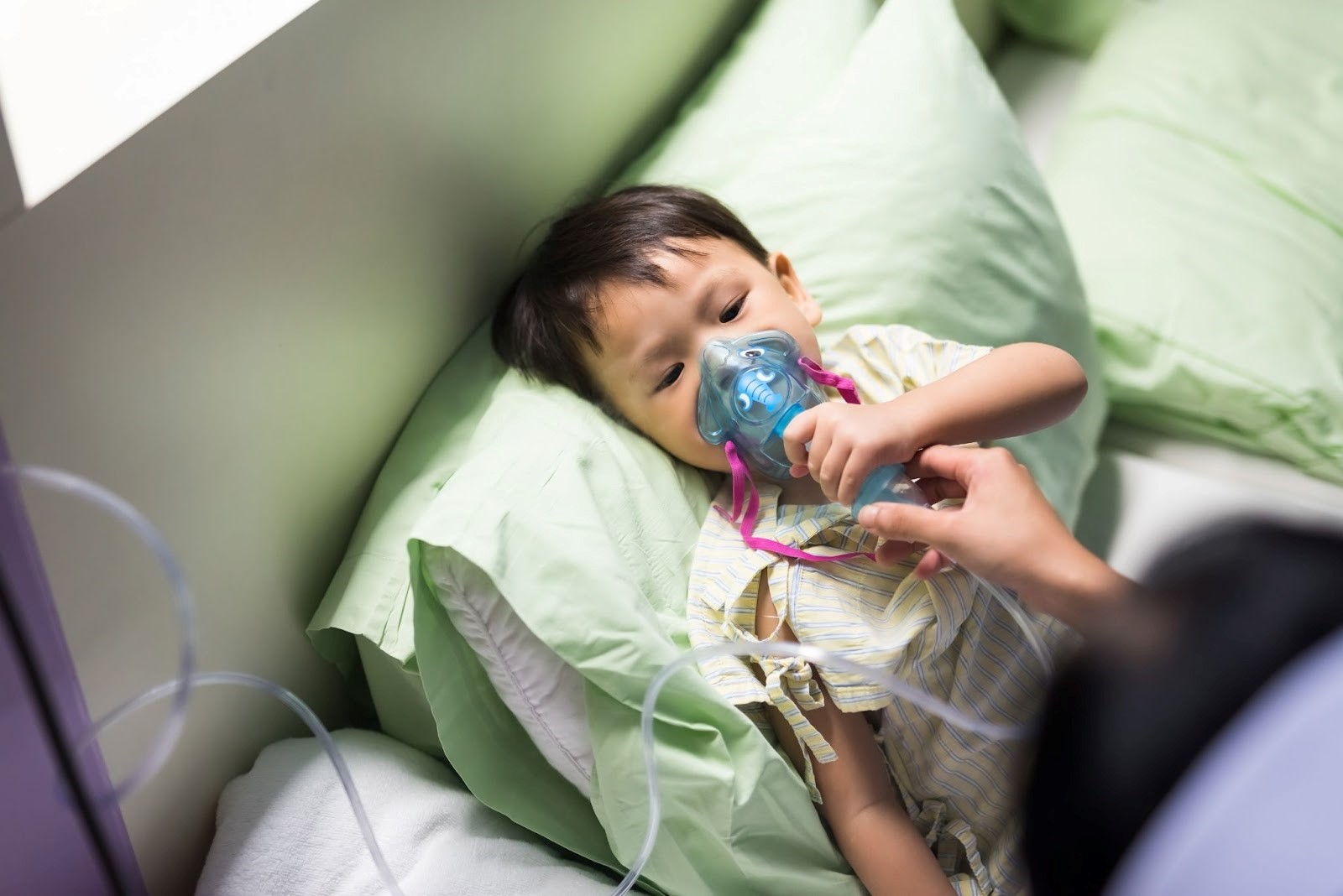
Respiratory syncytial virus (RSV) season is here, and for parents, staying informed about their child’s respiratory health has never been more important. While RSV is a common virus that most children experience by age two, it can lead to severe illness in infants, young children, and those with weakened immune systems. Here’s how to navigate RSV season and distinguish its symptoms from flu and COVID-19, along with advice on prevention and when to seek medical care.
What Is RSV, and Why Is It a Concern?
RSV is a highly contagious virus that primarily affects the respiratory tract. It often causes mild cold-like symptoms, but in young children, it can lead to serious conditions like bronchiolitis or pneumonia. Babies under six months, premature infants, and children with chronic health conditions are especially vulnerable.
RSV vs. Flu vs. COVID-19: Spotting the Difference
RSV Symptoms:
- Persistent cough
- Wheezing
- Runny nose
- Fever (may be mild or absent)
- Difficulty breathing or rapid breathing
- Poor feeding in infants
Flu Symptoms:
- Sudden onset of fever
- Chills
- Fatigue
- Muscle aches
- Cough, sore throat, and nasal congestion
COVID-19 Symptoms in Children:
- Fever
- Fatigue
- Cough
- Loss of taste or smell (less common in younger kids)
- Possible gastrointestinal symptoms (nausea or diarrhea)
While there is symptom overlap, RSV tends to present with wheezing and difficulty breathing, which are less common in the flu and COVID-19. A pediatrician can confirm the diagnosis through tests.
Prevention Tips for RSV and Other Respiratory Illnesses
- Vaccination:
– The newly approved RSV vaccine and monoclonal antibody treatments (like nirsevimab) are highly effective in preventing severe RSV. Discuss with your pediatrician if these are recommended for your child. - Hygiene Practices:
– Wash hands frequently with soap and water for at least 20 seconds.
– Clean high-touch surfaces like toys, doorknobs, and tablets.
– Encourage children to avoid touching their faces. - Avoid Crowded Spaces:
– Limit exposure to large gatherings, especially for infants and young children during peak RSV season. - Stay Home When Sick:
– If anyone in the household has cold-like symptoms, take extra precautions to reduce the risk of spreading RSV.
Signs of Severe Respiratory Distress in Children
Knowing when to seek immediate medical care is critical. Look out for:
- Rapid, shallow breathing or difficulty breathing
- Flaring nostrils
- Grunting sounds with breathing
- Chest retractions (skin pulling in between the ribs or under the breastbone)
- Bluish color around the lips or fingertips
- Dehydration (dry diapers for more than six hours or no tears when crying)
If your child exhibits any of these signs, visit the emergency room or call 911.
When to Visit Your Pediatrician
If your child has cold symptoms that worsen or linger, schedule a visit with your pediatrician. Early medical evaluation can help rule out severe conditions and provide guidance on supportive care, like managing fever or congestion.
Supporting Your Child’s Respiratory Health Year-Round
Maintaining strong respiratory health isn’t just for RSV season. Encourage a nutritious diet, adequate hydration, and plenty of sleep to support your child’s immune system. Regular check-ups with your pediatrician are also essential, especially during cold and flu season.
RSV season can be stressful for parents, but preparation is key. By staying informed about prevention, knowing the symptoms to watch for, and acting quickly when needed, you can help protect your child’s respiratory health. If you have questions or concerns about RSV, flu, or COVID-19, don’t hesitate to reach out to your pediatrician.
For more tips or to schedule a visit, contact us at Sandy Springs Pediatrics today! You can reach our office at 404-252-4611 or submit an appointment request via our ‘Contact Us’ form on our homepage.
